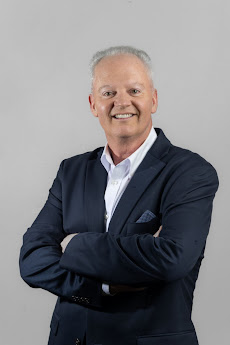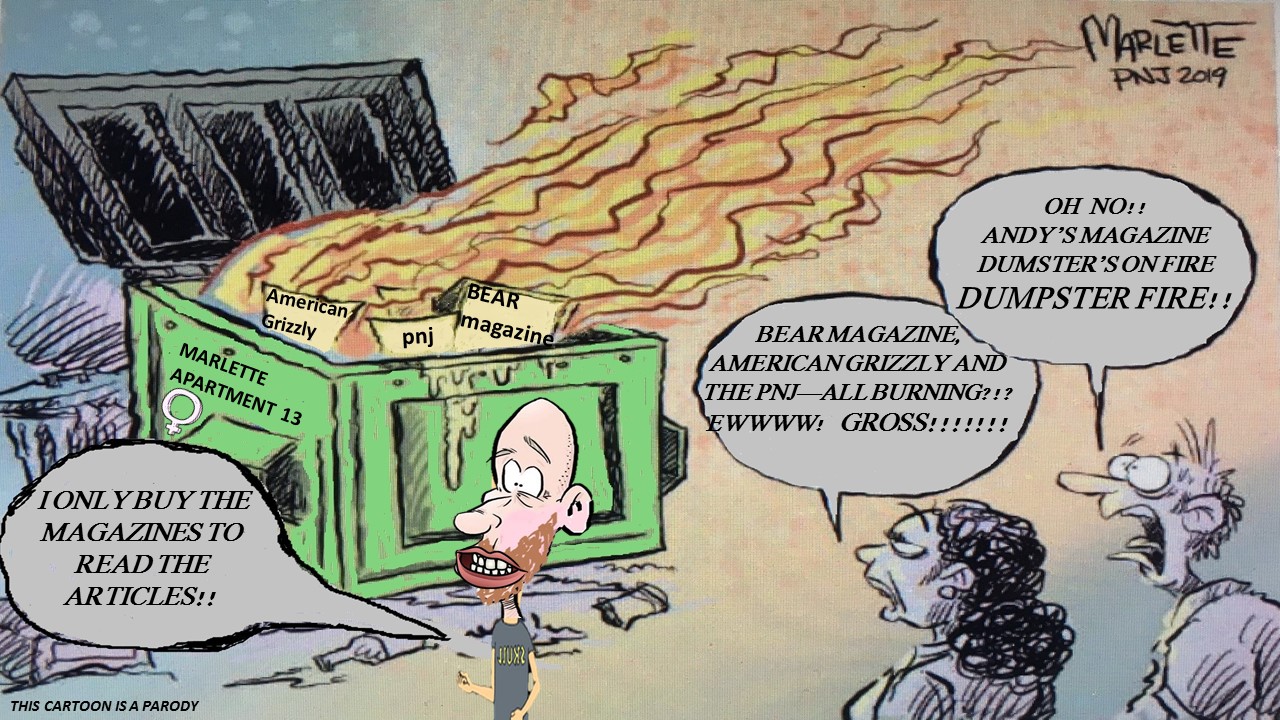As I proceeded with my campaign this go round in 2020--I knew it would be a tough election for me. And this was even before COVID-19 and the difficulties this pandemic has caused all candidates in all races.
We have a major FDOT (state) road project that is running 18 months behind schedule and causing MAJOR traffic issues to the largest area of my district, I have multiple neighborhoods with major drainage issues for which they blame me, and there are hundreds of citizens that are mad about runaway growth out in NW District 1----and blame me for all of it even though much of it was approved prior to my assumption of this office in late 2016. Add to this the OLF 8 development that has angered many AND--there were/are active multiple facebook chat sites that have a couple of dozen members each that disparage me continuously on a regular basis---- fomenting anger and hostility towards me constantly---attempting to remove me at election time. This combined with what would prove to be a dismally small percentage of voters actually participating in this off-cycle primary election (more than 2/3 of the voters did not vote in the August 18th Primary Election)--and conditions were ripe for my potential ouster from this office; the conditions were perfect for a challenger to be successful against me in this election. And I knew it.
So having the right message, the right strategy, and the right data, was critical for me to win re-election.
When I successfully ran for this office first in 2015-2016----I was fortunate in that I was able to go to 8,637 District 1 houses personally, door to door. I learned a lot about what was/is important to citizens then, which allowed me the knowledge to put together a first hundred day plan for that election.
I utilized that information, plus input from citizens garnered this time from four years on the job talking to constituents in town halls, at coffee meetings, and at advisory committee meetings in order to formulate a guidance document, a strategic plan, that would be the centerpiece of my election. I called that plan NEXT4Escambia--and it was very well received by citizens and I will be putting the ideas from that plan forward over the next four years now that I have won this election.
POLLING DATA WAS THE KEY TO THIS ELECTION FOR ME
Nothing was more important and key to my victory than the data I gleaned from my multiple polling done with Gravis Marketing, though. Nothing else even came close....
There were, to my knowledge, 7 polls run in my race for re-election as the D1 County Commissioner. Of these 7--I have the results of 6 of them as 2 were run and published by INWeekly-and I personally ran 4 polls myself with Gravis Marketing: On February 1st, May 25th, June 26th, and July 22nd--I ran polls with similar questions in order to triangulate my position in the race in real time in the lead up to election day. The 7th poll run was (I believe) put out in early July and it was a three-question survey that asked about the Presidential contest, my D1 race, and then one other question. I believe Jesse's team ran that one and I never saw the results. My guess is that I probably had a 10-point lead over Jesse at that point, and a 20 point lead over Jonathan. Jimmie Trotter was never a factor in the race according to my polling.
I was never behind in any poll of which I was aware--even though some mixed signals were intentionally sent from "Rick's Blog" the day before the election--falsely intimating I was not leading every poll and not the front-runner but rather "in the running"--whatever that was supposed to mean. It was bad information, fake news. I led EVERY poll and was always the front-runner in this campaign and I challenge Rick Outzen or anyone else for that matter to show me data pointing to anything but this. (And the fact that Rick Outzen put out messaging signalling I was not leading in all polls is not surprising; the fact he never disclosed that his pollster is/was Jesse Casey's Campaign Manager also--well that was a complete lapse in journalistic integrity. Complete. But not surprising.)
So from all of this polling data, I quickly ascertained that my only real competition in the race was Jesse Casey. I held a large lead over him and the rest of the field in the early polling, but he steadily eroded this lead in each successive poll, and he had momentum going into election day. Here is the way the polling looked, among Decided D1 voters of all parties through the first part of this year leading up to the election in my polling:
Feb 1st May 11th June 25th July 19th Primary (8-18)
Bergosh 52% 46% 45% 42% 38.7%
Casey 31% 30% 33% 34% 31.02%
Owens 13% 16% 17% 14% 22.48%
Trotter 4% 8% 5% 10% 7.8%
So the glide slope to the election was pretty consistent, with me in the 40s, Jesse in the low 30s, Jonathan in the teens (and trending downward in the last poll before the election) and Trotter struggling to get out of single digits.
The big surprise for me on Election Day was the extent to which Jonathan rose and Jesse and I went backwards. I had predicted a much closer election margin between Jesse and I; I had predicted it
Bergosh 40%, Casey 35%, Owens 18% and Trotter 7%. My prediction was close, however Jonathan managed an 8.5 point rally that actually pulled from all the other candidates somewhat equally; 3.3% from me, 3% from Jesse, and 2.2% from Trotter. And that is how we got where we ended up on election day. And that is how I won this election. With hard work, a good team, but most importantly with good data.












































